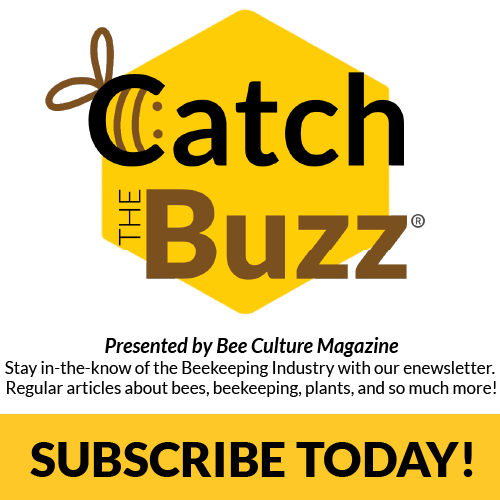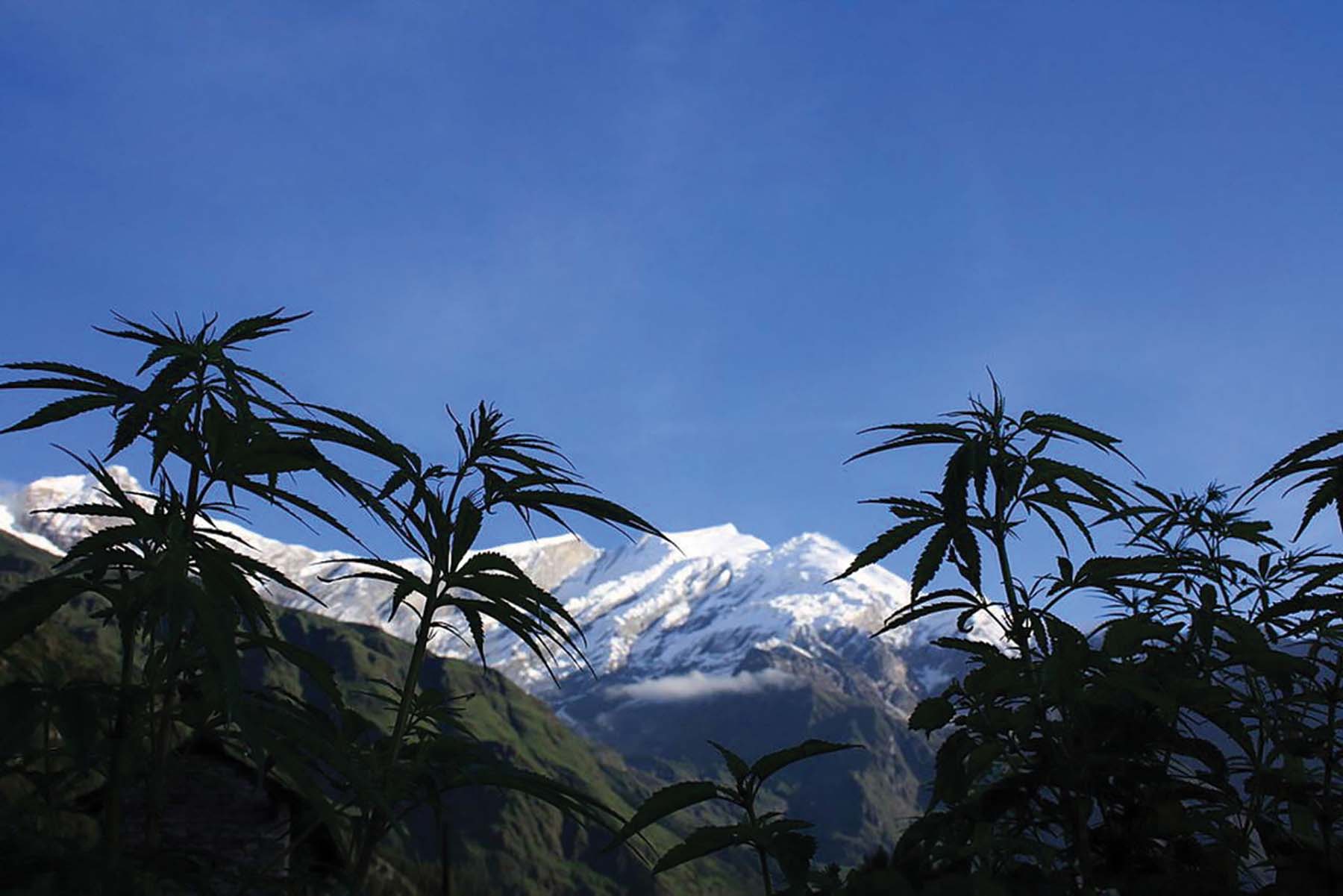08/24/2023 SOURCE: www.beeculture.com
-
(0)
-
Bookmark
- Comments. (0)
 Matthew Kroger
Matthew Kroger
Topics: Beekeeping,
DEBUNKING BEES FORAGE ON HEMP! There is nothing that the entire cannabis family has to offer apis mellifera. Not pollen, not nectar, not propolis material and likely not even microbes. Just because honey bees will visit a cannabis plant and land on the flower, that does not mean the plant has any pollen or nectar for the honey bee to forage on. 1. In their 2001 article, “Cannabinoid receptors are absent in insects” (Mcpartland, J, DiMarzo, V, De Petrocellis, L, Mercer, A, Glass, M), the authors revealed that insects do not produce arachidonic acid which is a precursor of necessary ligands. It is thought that the CB (cannabinoid) receptor was lost in insects over the course of evolution. The authors also noted that the CB receptor appears to be the only known neuroreceptor that is present in mammals and absent in insects. Because of its documented absence, we can reliably say that bees are unable to experience cannabis in the same way humans do. With that said why would bees visit any cannabis plants? What would possibly be on the plants that could entice them to visit it? The only thing remotely possible, but assuredly not at any high quantity would be microbes. Since honeybees eat a surprising amount of microbes (enough to classify them as a carnivore) that would be about the ONLY thing I could remotely fathom they be after. But because of the trichomes of the cannabis family, cannabis would not likely be producing compatible microbes with the honeybee’s gut or general biota. 2. Cannabis cultivars of hemp/cannabis are open air pollinated plants. Meaning the wind will disperse enough pollen to fertilize the flower to produce seeds and no pollinators are needed for fertilization of the flower. In OAP plants the typical pollination insect (if any at all) would be a hover fly of some specie or possibly a male mosquito. No cannabinoids produce enough pollen (of nutritive value) or nectar to lure apis mellifera. In most cases OAP plants have no pollinators at all. Why is this you ask? Because there is no significant amount of protein in the trace amounts of pollen there is to entice a pollinator. Additionally as temperatures rise protein levels of pollen fall. Meaning the warmer the temperature is outside the less protein thats available in the pollen. Next we look at open air pollinated nectar flows. Nectar quantities are typically dictated by amounts of pollen needed for pollination. This is obviously not always the case with all plants but a general rule of thumb one can follow. 3. Nutritional facts on cannabis pollen. Because cannabis is an OAP plant, the low pollen counts have less protein available simply because there is less of it. This is always the case with OAP plants. Grasses and nightshades are classic examples. How many bees do you see on tomato plants, or corn or maybe even potatoes? These are additional examples of open air pollinated plants. So the erroneous article claiming hemp is a late season forage for honeybees is a fallacy... Bees no like Cannabis: Why Bees Don’t make Cannabis Honey: https://www.cascadegirl.org/bees-don-t-make-cannabis-honey Constituents of cannabis pollen: https://www.jstor.org/stable/4253616?seq=1#page_scan_tab_hcontents Protein levels of cannabis pollen. https://pdfs.semanticscholar.org/b840/541b8c6b9287ac36f5066aad467cb68f96ee.pdf Ecological impacts of protein levels of pollen: https://www.hindawi.com/journals/psyche/2015/659538/
Read More-
(1)
-
Bookmark
- Comments (0)




